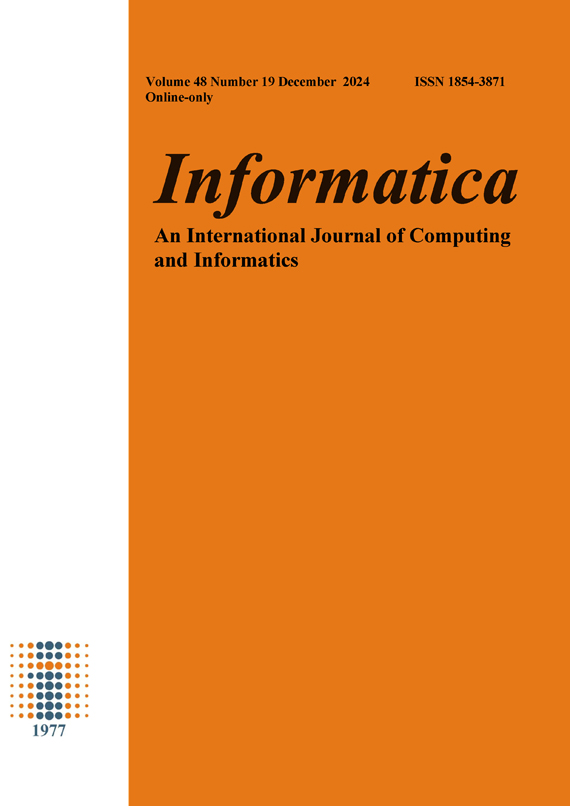Effects of Deep Learning Network Optimized by Introducing Attention Mechanism on Basketball Players' Action Recognition
DOI:
https://doi.org/10.31449/inf.v48i19.6188Abstract
Video, as an important carrier of big data storage, can help people to achieve behavioral analysis as well as localization. The study applies it to the training of basketball players as well as the judgment of the game, and regulates their sports posture through action recognition. The study first builds and optimizes a basic network based on the two-stream fusion algorithm. Subsequently, the time domain neural network and spatial neural network are improved using the multi-module attention mechanism as well as the residual network, respectively, in order to realize the extraction of deep spatio-temporal features. The study introduced a novel multi-head self-attentive temporal capture module to capture multiple time points. Additionally, the experiment used a spatial attention mechanism to capture spatial target association information. The study aims to increase the model's performance in action recognition and strengthen its understanding of important sequences. A moderate Sigmoid activation function is used by both the time-domain neural network and the spatial neural network to enhance the linkage between the images in each frame. The two-stream method is then used to merge the images. According to the trial results, the research design model's basketball action recognition accuracy was 95.4% and its recognition speed was 20 frames per second. In comparison with the rest of the models, the design model achieved a 25% improvement in recognition speed and a 47.27% reduction in average recognition time, which gives it the best overall performance. Therefore, the proposed optimized spatio-temporal neural network based on two-stream architecture is able to perform basketball sports action recognition faster and more accurately.
Downloads
Published
Issue
Section
License
I assign to Informatica, An International Journal of Computing and Informatics ("Journal") the copyright in the manuscript identified above and any additional material (figures, tables, illustrations, software or other information intended for publication) submitted as part of or as a supplement to the manuscript ("Paper") in all forms and media throughout the world, in all languages, for the full term of copyright, effective when and if the article is accepted for publication. This transfer includes the right to reproduce and/or to distribute the Paper to other journals or digital libraries in electronic and online forms and systems.
I understand that I retain the rights to use the pre-prints, off-prints, accepted manuscript and published journal Paper for personal use, scholarly purposes and internal institutional use.
In certain cases, I can ask for retaining the publishing rights of the Paper. The Journal can permit or deny the request for publishing rights, to which I fully agree.
I declare that the submitted Paper is original, has been written by the stated authors and has not been published elsewhere nor is currently being considered for publication by any other journal and will not be submitted for such review while under review by this Journal. The Paper contains no material that violates proprietary rights of any other person or entity. I have obtained written permission from copyright owners for any excerpts from copyrighted works that are included and have credited the sources in my article. I have informed the co-author(s) of the terms of this publishing agreement.
Copyright © Slovenian Society Informatika








